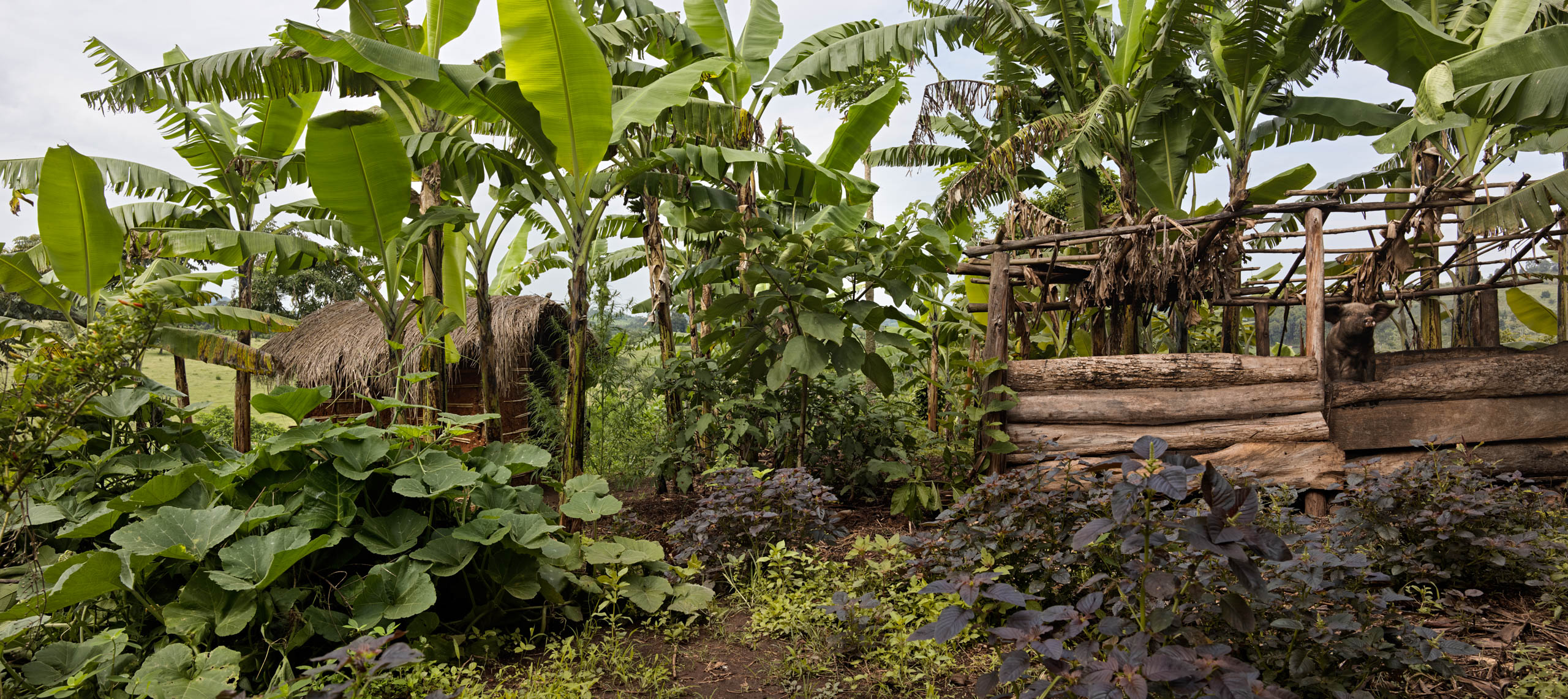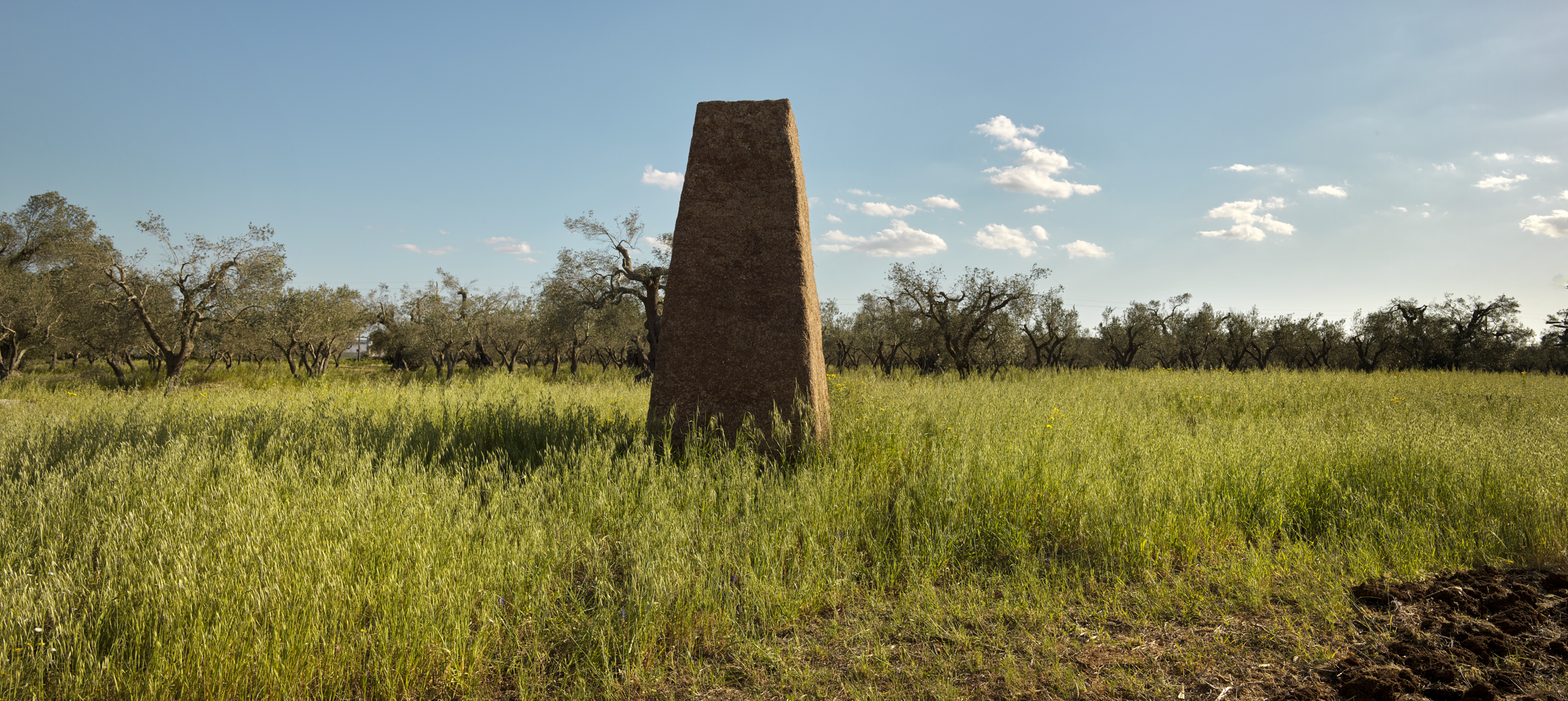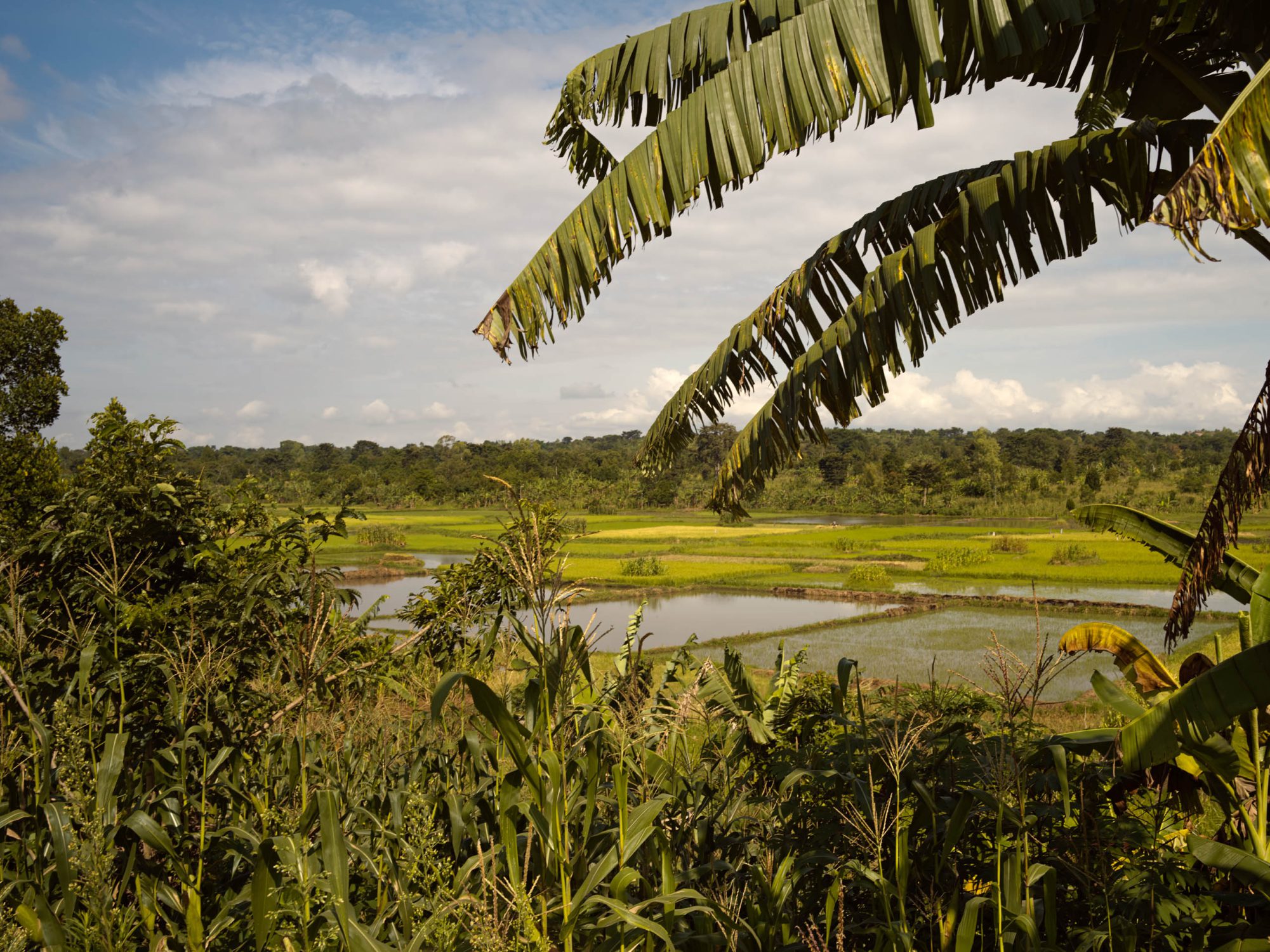
Uganda is a country on the equator in East Africa, on the shores of Lake Victoria, the source of the Nile. It borders on South Sudan, Kenya, Tanzania, Rwanda and Congo. Uganda has a population of 44 million and a surface area of 241,550 km2, making it almost six times the size of the Netherlands and one of the smaller countries in Africa. Its capital, Kampala, has 1.5 million residents. For many years Uganda was ruled as a protectorate by the United Kingdom, before gaining its independence in 1962. English is therefore the official language, alongside Swahili, while Luganda is widely spoken in much of the country.
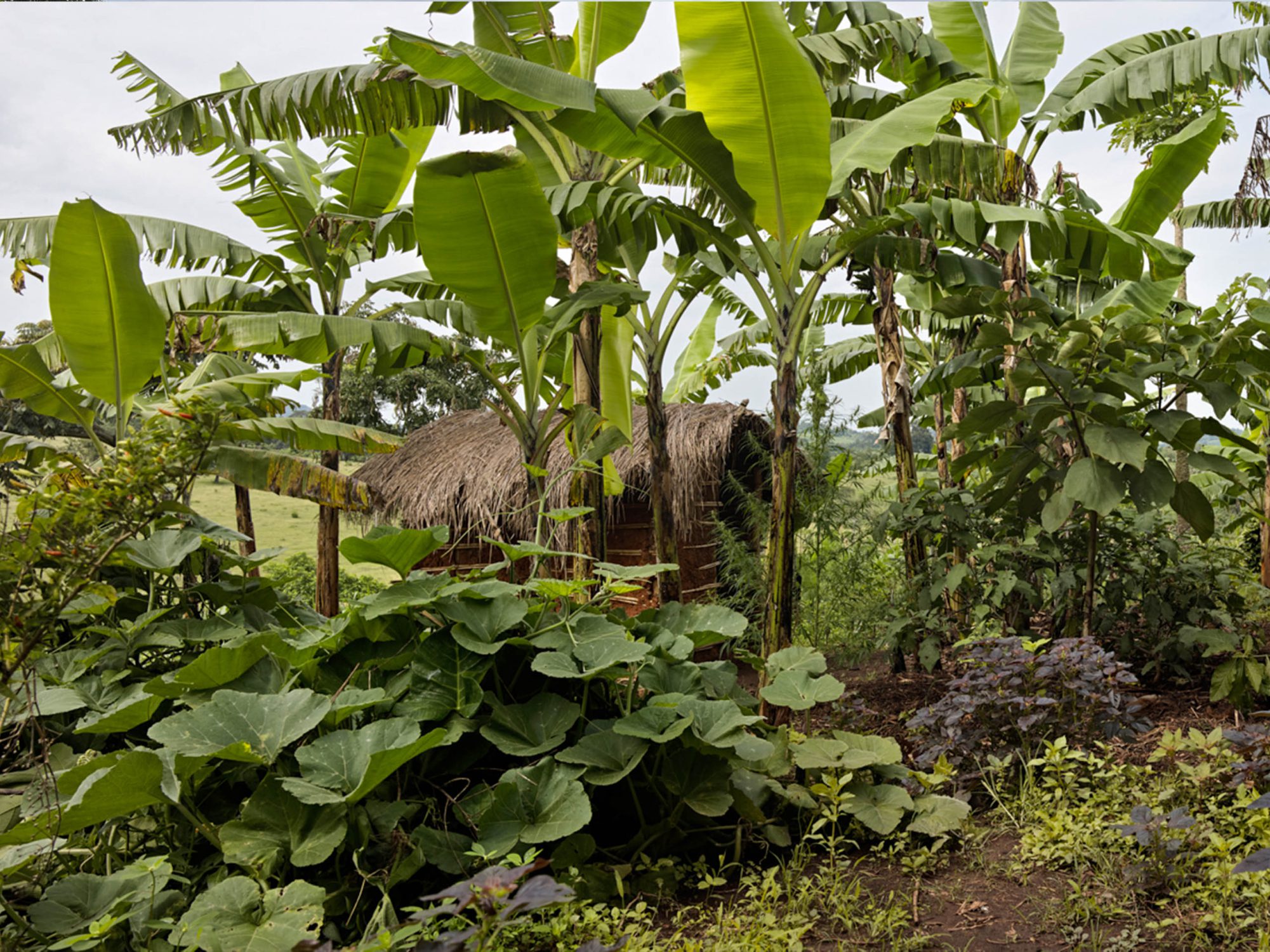
Uganda: green, fertile and poor
Part of Uganda lies in the East African Highlands, which are an average of around 1,100 metres above sea level. That high altitude means that the temperatures are moderated a little. The country has a variety of tropical climates.
Much of Uganda is tropical savannah, and towards the south-west and Lake Victoria this gives way to a tropical monsoon climate, with a tropical rainforest climate on the shores of the lake.
Part of the national border runs through three of the Great Lakes: Lake Victoria, Lake Albert and Lake Edward. This makes Uganda one of the greenest and most fertile countries in Africa; it is nevertheless one of the continent’s poorest.
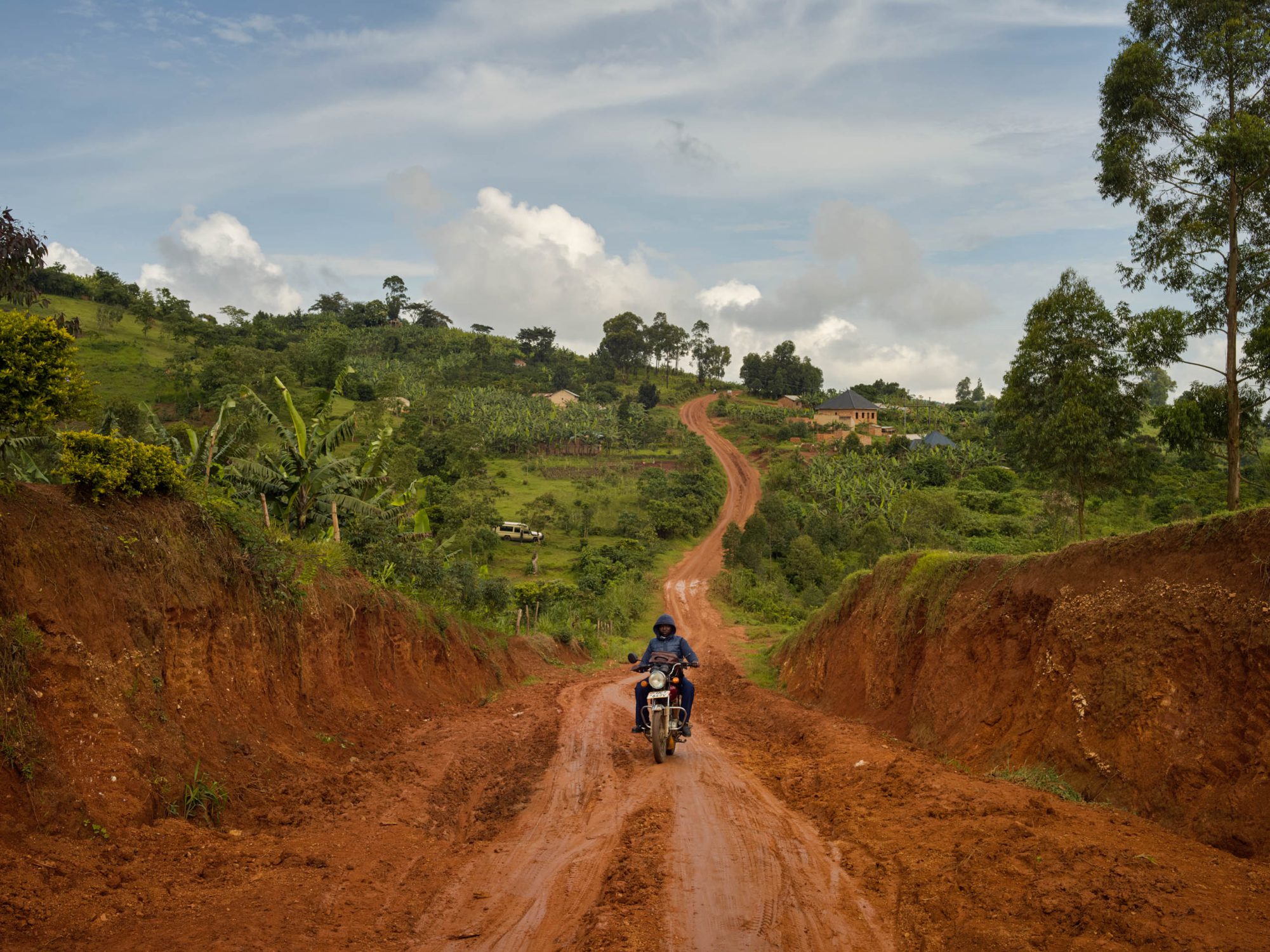
$1.25 a day
Despite the fertile soil and favourable climate, the United Nations Development Programme estimates that 37.7% of the population lives below the poverty line of $1.25 a day.
More than 70% of Ugandans work in agriculture. Operation Wealth Creation, an agency set up by the government with the intention of turning the impoverished farming population into independent businesspeople, seems to be failing on all fronts. The subsidized seedlings are poor in quality and the necessary fertilizers hard to come by; this and a lack of agricultural knowledge among advisers as well as corruption are the main causes of the dramatic failure of the government’s agricultural policy.
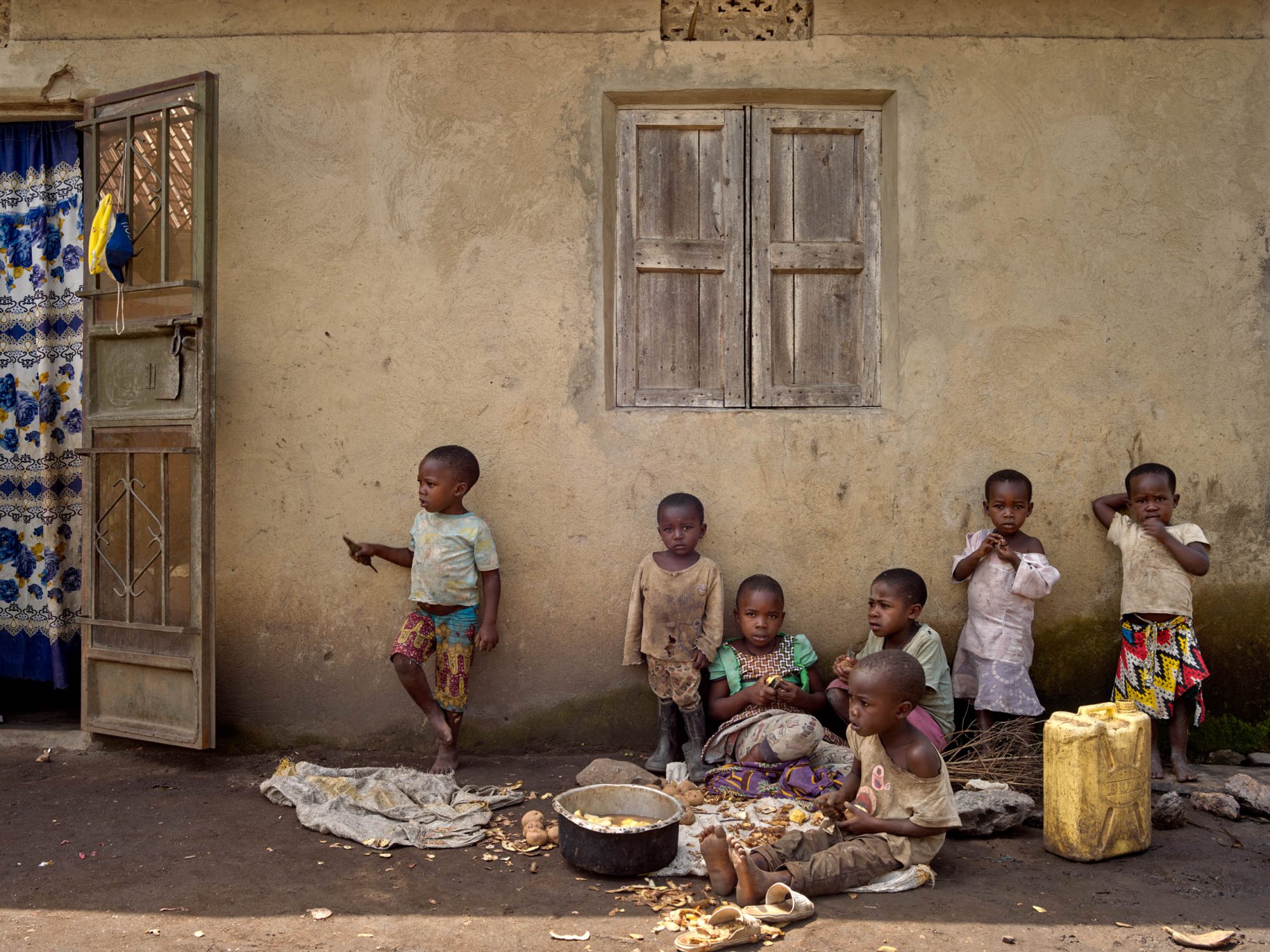
Fertile country
According to the World Bank, the average Ugandan woman has 5.8 children. Only seven countries in the world are ahead of it in this respect. The Ugandan population, now forty million, will double by about 2050 if the current trend continues. The more children there are, the more mouths to feed, and however fertile the soil may be, it can only provide food for a limited number of people.
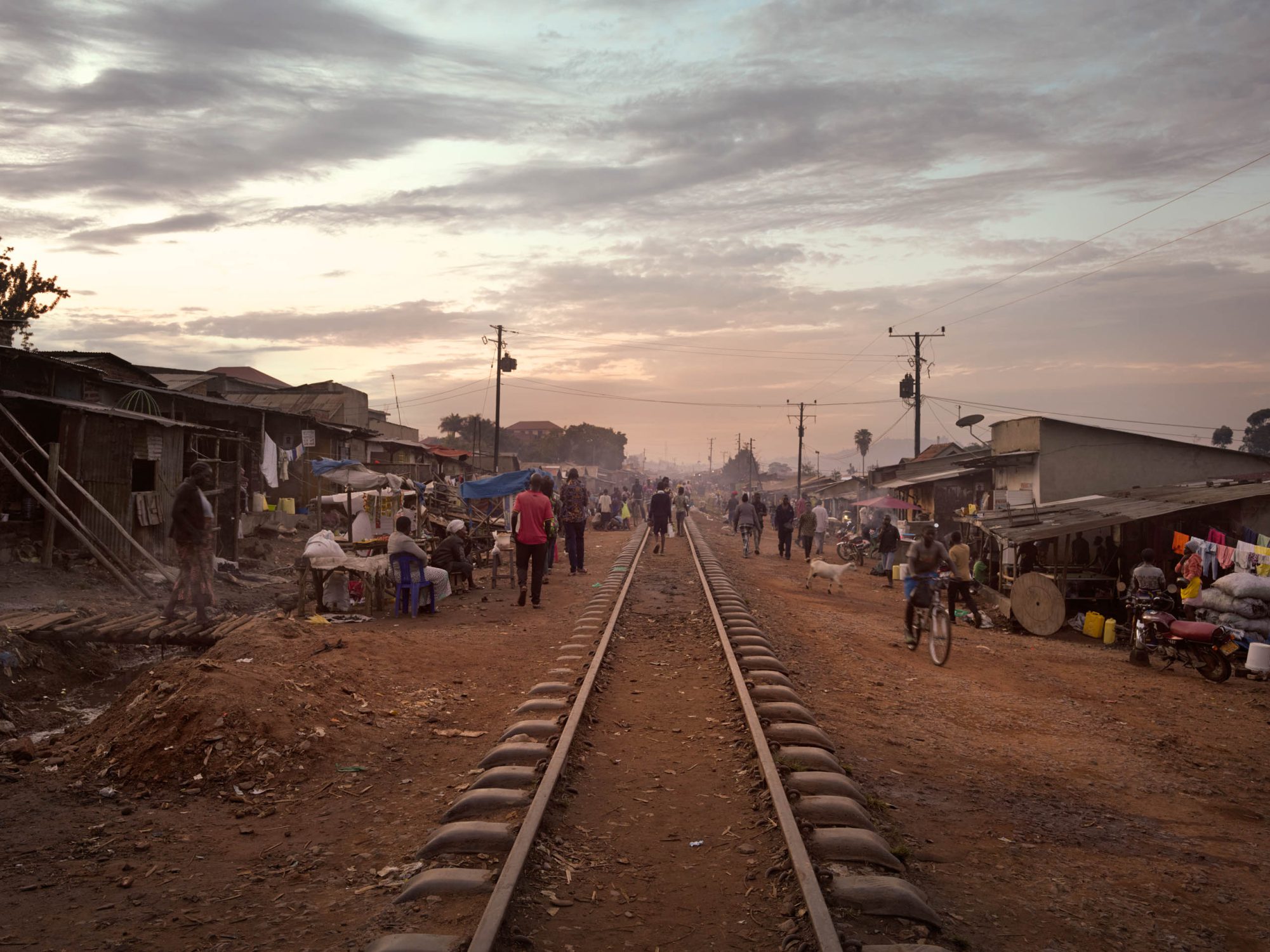
Climate change
Uganda cannot escape climate change and its consequences. A rise in average temperatures and unpredictable changes to the dry and rainy seasons are forcing Ugandans to confront the fact.
Until 2015 agricultural production was sufficient to feed the population and prices on the world market for exports of coffee and tea were favourable. Then in 2016 East Africa was faced with the effects of El Niño, a natural phenomenon that, because of the warming of the waters of the Pacific Ocean, is playing havoc with the weather all over the world. The rains did not come, so harvests failed and livestock deaths, diseases and infestations raised their heads, with as a direct consequence a threat to the food security of millions of Ugandans.
We have selected another two stories that might inspire you.
